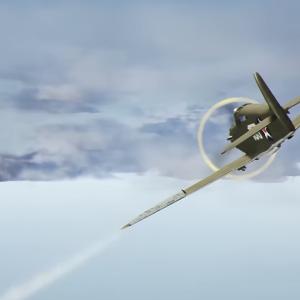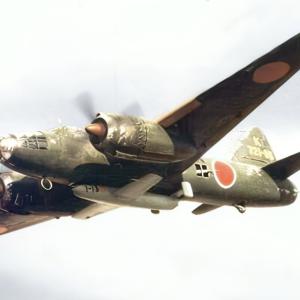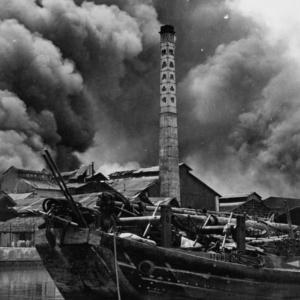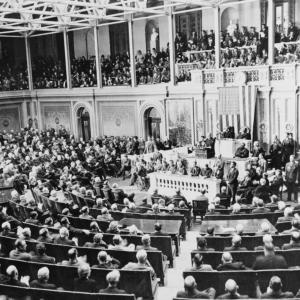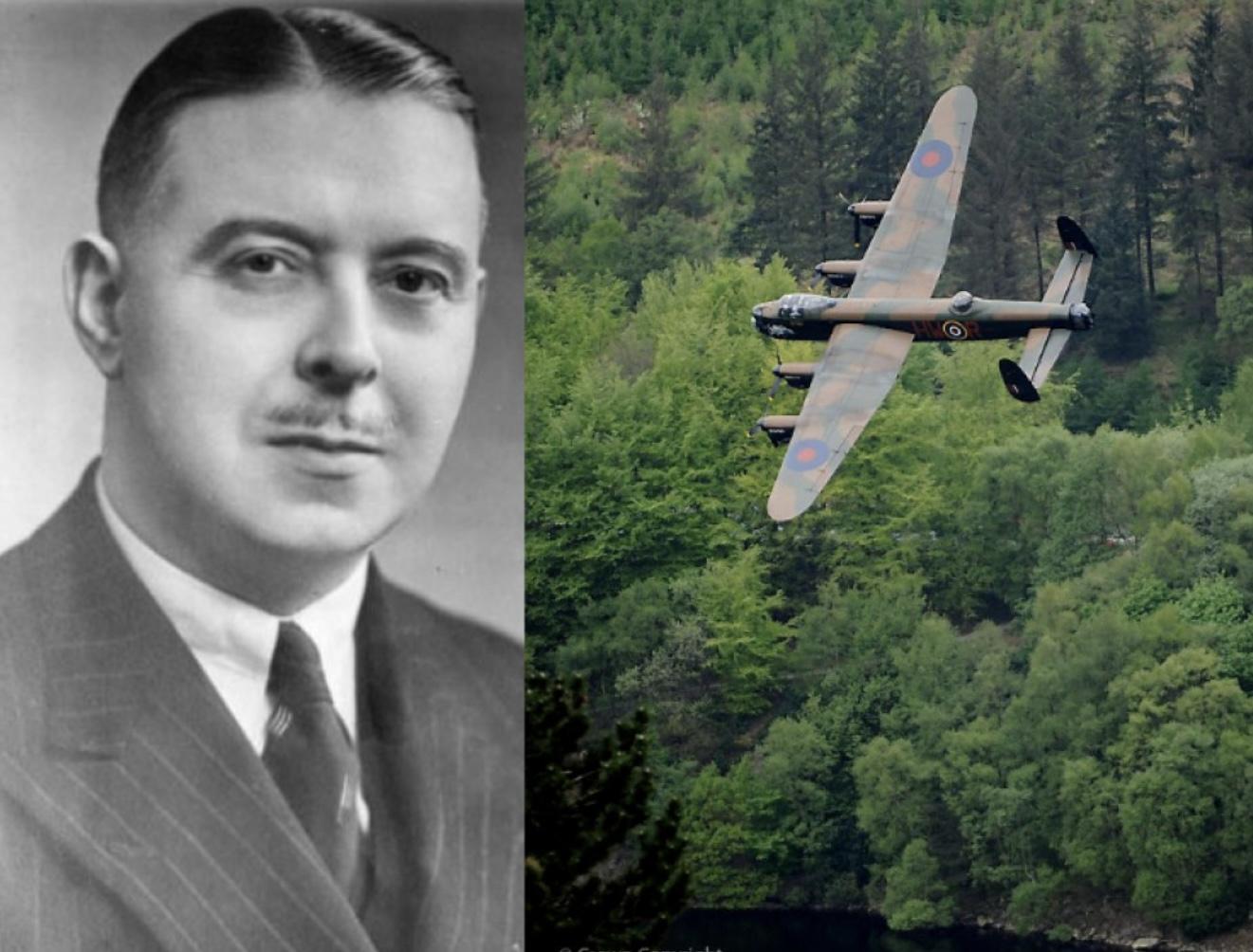
Roy Chadwick
On 23rd September 1947, the world of aviation lost one of its most brilliant minds when Roy Chadwick, the renowned British aircraft designer, tragically died in a plane crash. Chadwick had played a vital role in shaping the development of some of the most iconic military aircraft of the twentieth century, and his untimely death marked the end of an extraordinary career defined by innovation, precision, and unwavering dedication.
The crash occurred at Woodford Aerodrome in Cheshire, England. Chadwick was aboard an Avro Tudor 2, a development of the earlier Tudor 1, which itself had evolved from wartime bomber designs into a pressurised airliner intended for long-distance flights. On that fateful day, the aircraft had taken off on a test flight. Mere moments after departure, the Tudor 2 crashed, killing Chadwick and two others on board. Subsequent investigations revealed that the crash was caused by a critical error during maintenance—incorrect wiring of the aircraft's ailerons led to reversed control inputs. When the pilot attempted to correct the aircraft's roll, the controls responded in the opposite direction, rendering the plane uncontrollable.
Chadwick had joined A.V. Roe and Company (Avro) as a draughtsman in 1911 and swiftly demonstrated exceptional skill and vision. He became the company’s Chief Designer and was responsible for a remarkable series of aircraft that spanned both world wars and the transition to peacetime aviation. Among his early contributions was the Avro 504, one of the most widely used training aircraft during and after the First World War.
His most significant and celebrated achievement came during the Second World War with the design of the Avro Lancaster. The Lancaster became one of the most effective heavy bombers used by the Royal Air Force, known for its impressive payload capacity and adaptability. It was the aircraft chosen for the daring Dambusters Raid of 1943, which used specially designed bouncing bombs to destroy German dams. Chadwick's design proved vital to the success of such missions, and the Lancaster earned a place in aviation history as one of the most important aircraft of the war.
Chadwick also designed the Avro Manchester, a precursor to the Lancaster, and the Avro Lincoln, which was a post-war development of the Lancaster intended for longer-range missions. He was instrumental in shaping the design of the Avro York, a transport aircraft derived from the Lancaster, and later the Avro Lancastrian and the Avro Tudor series, which were attempts to transition wartime technology into civil aviation.
Roy Chadwick was a man of immense talent, quiet determination, and a deep commitment to advancing aviation. He worked tirelessly throughout his career, often involving himself in every aspect of design, testing, and refinement. His death was a profound loss to British aviation, not only because of the aircraft that were yet to be designed but because of the leadership and vision that had guided Avro through decades of progress.
Today, his legacy lives on in the aircraft he created and the innovations he championed. Chadwick's designs not only served in pivotal moments of history but also laid the groundwork for future generations of engineers and designers. His life was tragically cut short, but his impact on aviation remains enduring and deeply respected.

